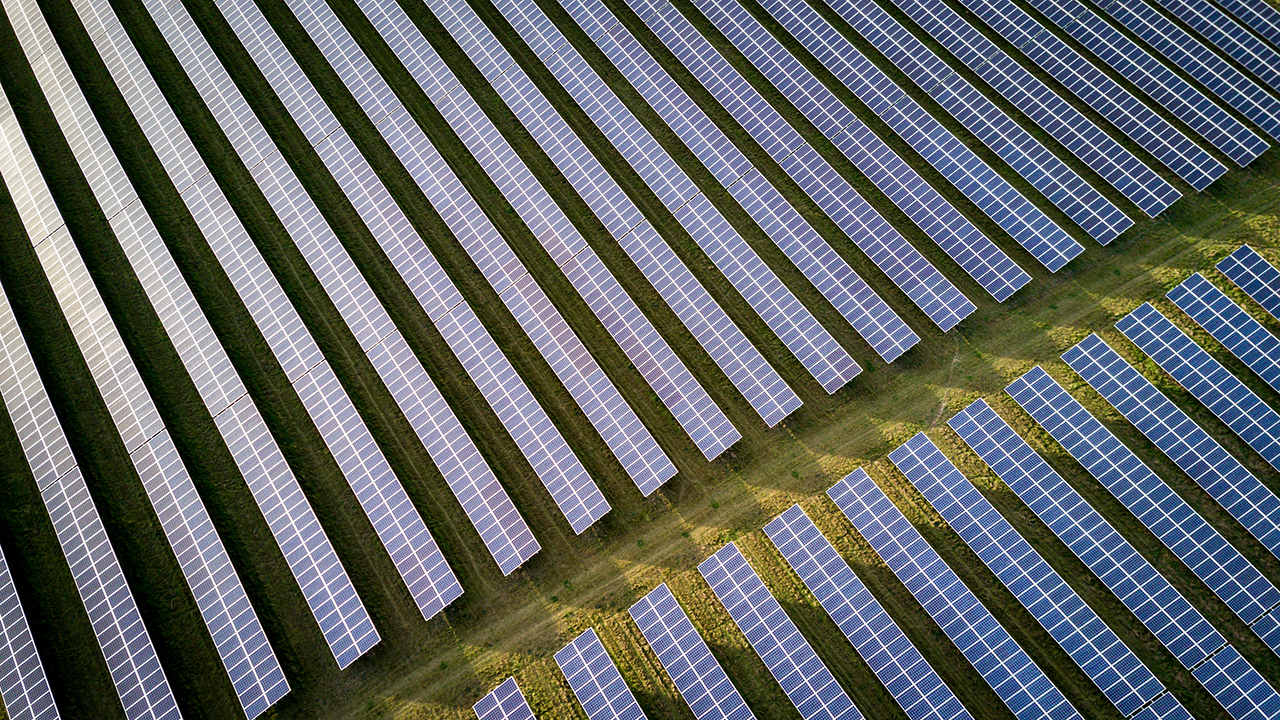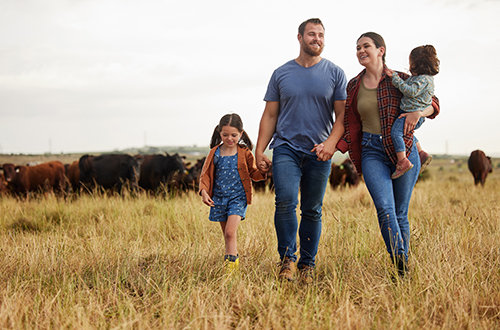The withdrawal of the basic payment scheme is pushing farming businesses to look for more and more diversification opportunities. Whether this be environmental schemes to access grant funding via another means, converting more farm buildings into commercial lets or, in some cases, turning part of the land into a solar farm.
Most commonly, I am seeing this happen whereby initially an option for a solar lease is granted to a solar park operator, who then incurs the costs of trying to get the necessary permissions, before reverting to exercise their option and be granted the lease.
So the farming business doesn’t own the solar equipment itself - it is simply renting the land but not for farming purposes.
A detailed tax analysis is outside the scope of this article, however suffice to say there are a number of tax issues here, over and above the sorts of tax issues that may arise if an alternative route to letting (such as a Farm Business Tenancy) was instead being pursued. In summary:
-
The land is no longer going to be used for agricultural purposes, so unlike with an FBT, no Agricultural Property Relief (APR) is likely to apply. There have been suggestions that if grazing sheep still use the fields then perhaps APR can still be argued, but frankly I wouldn’t want to be relying on that argument if a large amount of Inheritance Tax is potentially at stake.
-
The activity “scales” for the purposes of Business Property Relief (BPR) will also be impacted. Assuming this is a very profitable activity, and it imputes a higher land value (per acre) onto the relevant fields, both the asset and profit measures under the “wholly or mainly carrying on the right kind of business” assessment are going to move adversely, in particular.
-
With land converted to a FBT instead, if that change was making those BPR scales too marginal between trading and investment, there would be the option (in a partnership scenario) to withdraw the land from the partnership and hold it outside the partnership (and then relying on APR instead of BPR). However, as above, APR would not protect the land in this case, and in any case the market value once the solar lease is granted will probably exceed agricultural value.
-
In that scenario, leaving the solar land in the partnership is really a double tax risk. Not only of not benefitting from any IHT relief on the solar land itself, but if this is because its existence has tainted the overall BPR status of the partnership (or company, if that’s the structure instead) then that will mean also losing out on BPR on other assets such as let commercial and residential properties.
-
To add to the problem, it may be too late to be able to gift the land and qualify for holdover relief for capital gains tax purposes. This opportunity will be lost once the land is no longer used in the trading business of the owners and once it has stopped qualifying for APR.
-
Less land being farmed actively by the proprietors may also have an impacted on the APR position with regards to farmhouses, given that one of the considerations for that is whether the house is character appropriate to land being farmed by its occupier.
So what is the solution? Do these tax issues mean it’s not really worth it? Well, don’t let the tax tail wag the dog. It may not cause a big problem with the BPR scales, or alternatively it may be that the land can be gifted before it ceases to be farmed, and then held in a different business structure by the younger generation it has been passed to. However, without question this scenario should be triggering a review of the overall tax position and objectives, before proceeding further, as there are many tax traps for the unwary.
For more information please contact us .
If you have any questions about the above, or would like more information specific to your circumstances, please enter your email address below and we will get in touch:
















